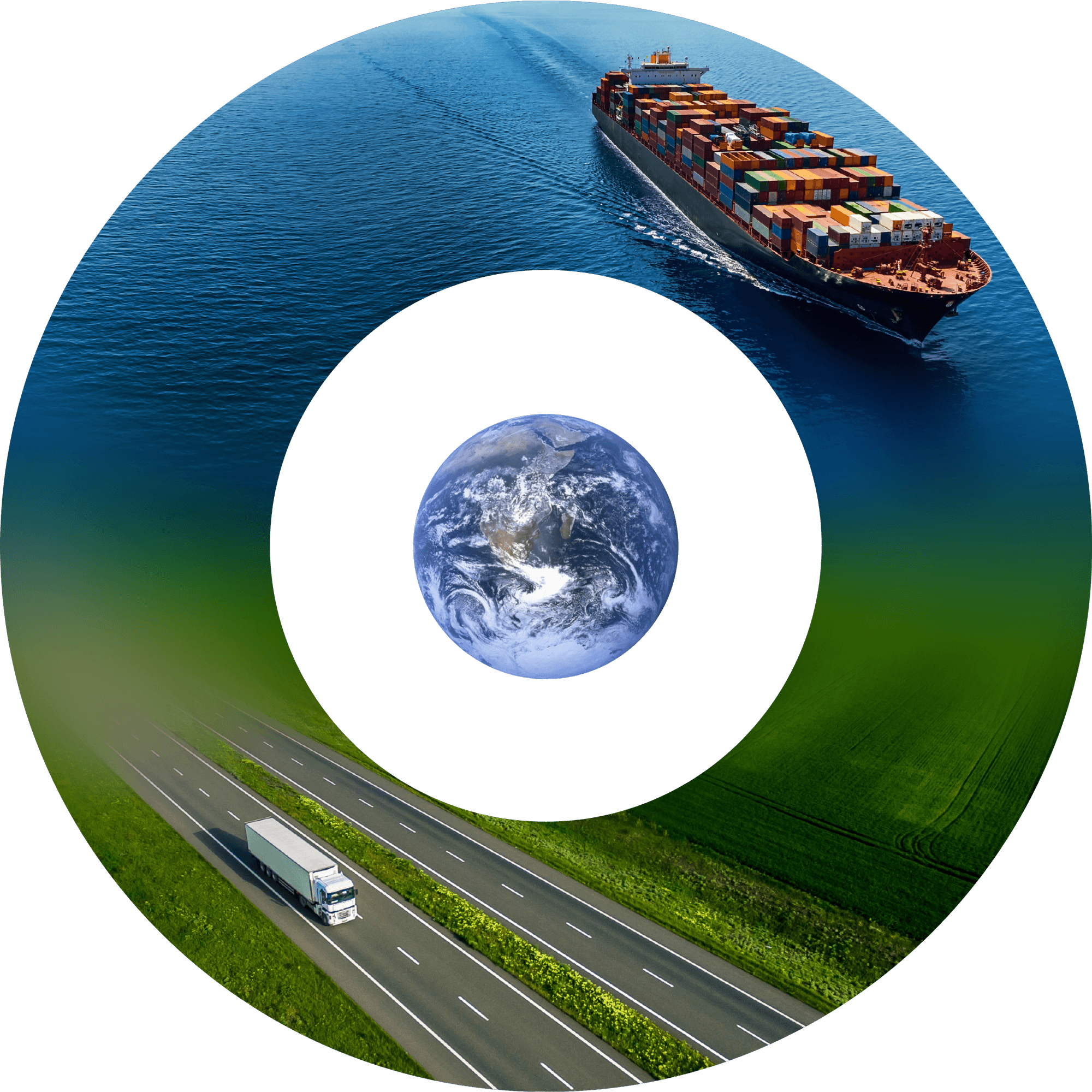Introduction
A Message from the ECF Trade Director
The relationship between trade and climate is increasingly coming into focus for policymakers, though for many the links remain unclear.
One of the key concerns for policymakers is the responsibility of trade – or more specifically international trade – for greenhouse gas emissions. This is put at between 20 and 30 per cent of global emissions by the World Trade Organisation (WTO), taking account of the trade-induced production, consumption and transportation of goods.
As well as minimising the actual and potential harms of trade, policymakers are increasingly thinking about how trade policy might actually bring about net environmental gains. One of the most prominent examples of climate-driven trade policy tools is the European Union’s world-first Carbon Border Adjustment Mechanism (CBAM) which is attempting to avoid offshoring emissions in energy-intensive and trade-exposed products like steel and cement.
-
The EU is also seeking to take a lead with other trade measures including new free trade agreements linked to Paris Agreement commitments and requirements for deforestation-free supply chains.
But the trading system into which these more climate-friendly measures are being introduced was designed to drive economic growth by facilitating the free flow of goods and services – not to help reduce carbon emissions . In other words, it is not very climate-aligned.
These measures are consequently causing additional trade frictions and prompting legal challenges. They also raise broader questions about the limits of trade policy to address environmental issues without serious reform of trade institutions and approaches to trade.
Some meanwhile say that the EU’s trade measures don’t go far enough if the bloc is to meet its climate goals.
The link between trade and climate does not stop here: we are already beginning to see climate-induced weather disruptions to trade infrastructure such as ports and waterways and must anticipate future implications for the global supply of critical goods, from food commodities to the critical raw materials needed in ever greater amounts for the net zero transition.
It is against this backdrop and with these pressing questions in mind that work on the report The Future of Trade in a Net Zero World took place. In particular, it sought to understand the range of challenges that policymakers could face as we approach mid-century and outline some policy responses. The findings are unequivocal: the future will be anything but linear and business as usual policymaking will be entirely inadequate.
Report Findings
Over the course of the past year, the European Climate Foundation (ECF) conducted a comprehensive strategic foresight process exploring what trade could and should look like in a world that seeks to reach net zero greenhouse gas emissions by mid-century to curb climate change. This was motivated by the lack of a clear vision for the role of trade in climate action.
In partnership with the consultancy Foresight Intelligence, this project explored alternative futures for trade in a changing climate. Most importantly, it proposes a vision for an international trade regime aligned with the global climate goal of the Paris Agreement to reach net zero emissions by mid-century. The results of the foresight process suggest how Europe could play its part in reaching this vision, while recognising the need for robust international partnerships, particularly with developing countries.
Further Reading
A number of "thought" pieces are being commissioned to examine in much greater detail some of the key issues raised by the core Future of Trade report.
The first two of these have now been published, focusing respectively on climate impacts on trade infrastructure and future patterns of trade & related greenhouse gas emissions.
Press
Trade will likely take on an increased importance in future as countries look to build net zero economies based in part on the secure supply of enormous quantities of critical raw materials.
However, the conditions in which trade takes place in less than two decades from now are likely to be extremely challenging, according to this 12-month strategic foresight exercise. A linear progression from the present is conversely highly unlikely as climate impacts increase in frequency and severity and combine with strong geo-political headwinds.
In one of the three “explorative” scenarios set out in the report, the hydrological cycle breaks down, leading to a commoditisation of water.
Policymakers are therefore urged to act now to avert the worst-case scenarios and anticipate and adapt to what is likely unavoidable.
Explore more or Download our Press Release in English, French, Spanish.



